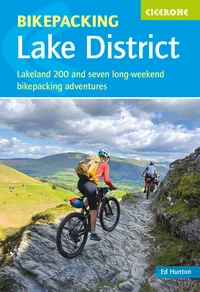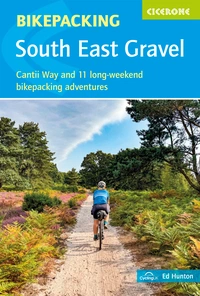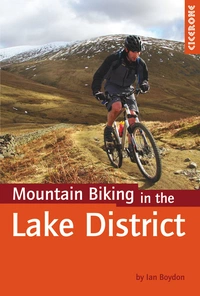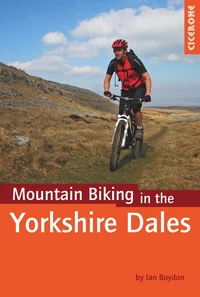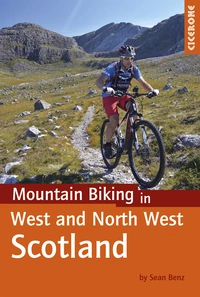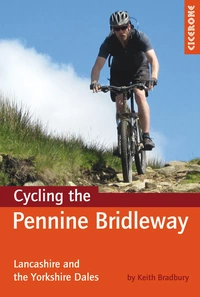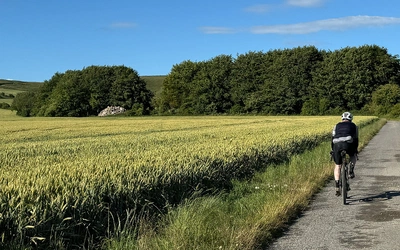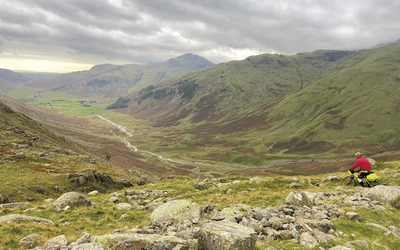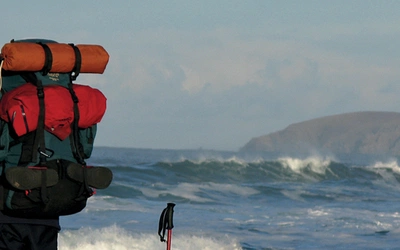An introduction to Bikepacking
Bikepacking presents an exciting option for people who enjoy backpacking and all-terrain cycling. The fusion of the two activities enables adventurers to explore much further afield in a vastly different way, carrying all their gear on the back of their bike and cycling through rugged landscapes to escape the hustle and bustle of towns. Often featuring challenging ascents and terrain, with some on-road cycling when necessary, bikepacking allows you to experience the best of the UK countryside from the saddle of your bike.
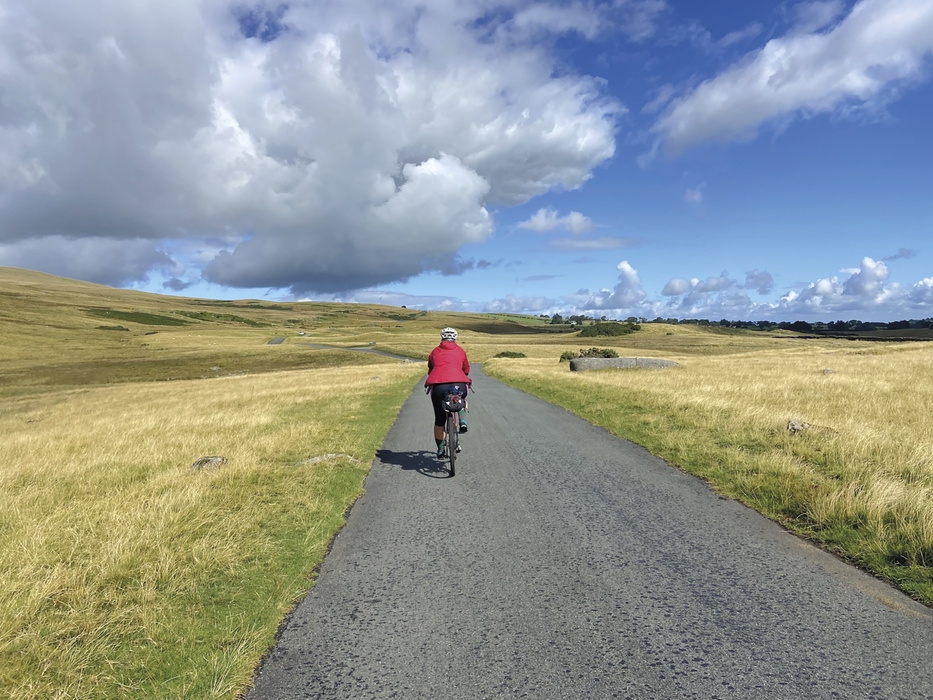
How does bikepacking vary from other forms of cycle touring?
Bikepacking differs from classic cycle touring principally with respect to the terrain you will be covering and the bike you will be riding. Instead of a paved road, you are heading out onto bridle paths, byways, green lanes, forestry tracks and long-abandoned rights of way. That’s not to say there won’t be times when taking the road is the best choice or when a B&B or YHA is a sensible option, but for the most part, bikepacking can be defined as an off-road camping trip taken on a bike.
How does bikepacking differ from classic mountain biking?
Those keen to begin shouldn’t expect routes to be filled with endless high-octane, single-track descents (although there are plenty of these). Bikepacking is more of a form of exploration. Becoming fully immersed in the glacial geology, stone-walled farmland, and wilderness is a pilgrimage in itself. Bikepacking, like backpacking, involves heading off on a journey that’s going to take you more than one day to complete.
For this reason, you’re going to need to take a few things with you to improve your comfort when you are not riding your bike. At the least, you will need a tent (or bivvy bag) and sleeping bag if you are camping, and some food and possibly a way of preparing it.
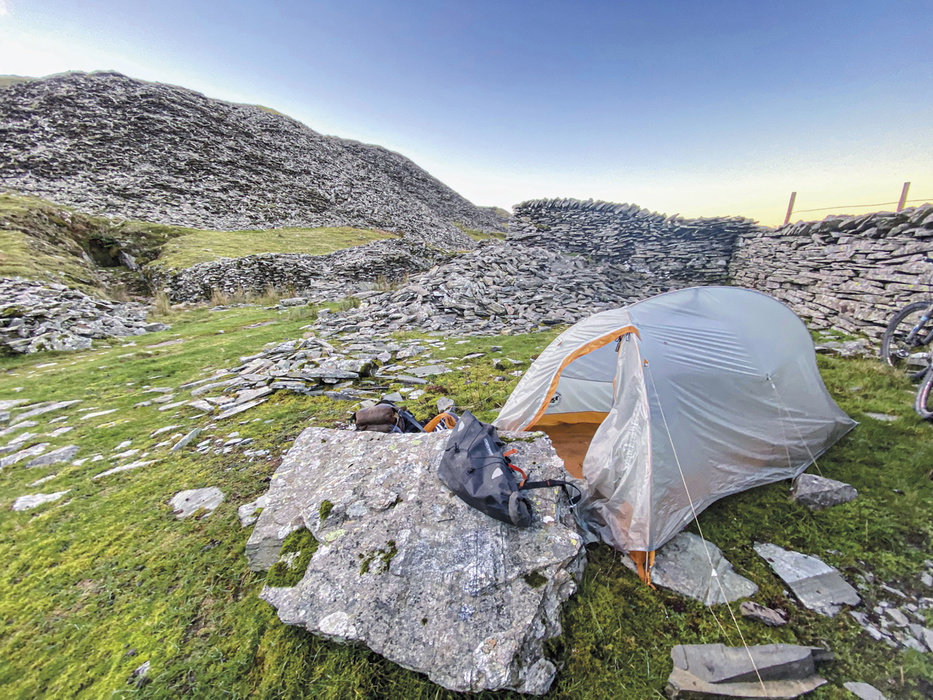
Which type of bike will I need to go bikepacking?
It may not be a surprise that a specialist road bike is unsuitable for the rougher tracks on a bikepacking route, and while many routes may involve stretches of road, you’d be unable to complete a route if you aren’t well equipped for the variety of terrain that you’ll be facing.
On a standard bikepacking route, you might expect to take a gravel bike on your bikepacking adventures. As the name suggests, they’re well equipped for gravel type terrain, roads and dirt tracks.
For more advanced and unruly routes, Mountain Bikes are in an element of their own. The suspension and hardier builds will hold up to more challenging trails and routes, opening up more of the world to an adventure.
What do I need to pack?
You should aspire to take the lightest kit that will get the job done. For example, don’t take your lightest summer sleeping bag if the overnight temperature is going to dip to −1. Think twice about a tarp set up if there is heavy rain expected on the morning of day three. Beyond these practical considerations, the lighter your load is, the more comfortable you will be. Scrutinise each item you intend to take and ask yourself if it is essential. If possible a piece of kit should be tried and tested and, ideally, perform more than one function.
Bikepacking in the Lake District
Lakeland 200 and seven long-weekend bikepacking adventures
£16.95
Guide to eight challenging bikepacking routes, of 2–5 days, including the Lakeland 200, exploring the tracks, bridleways and iconic passes and road climbs of the Lake District. Suitable for experienced MTB and gravel-bike riders, the routes can be easily accessed by public transport and are well served for accommodation and facilities.
More informationWhen should you go bikepacking?
You can go bikepacking year-round, but you’ll need to make the appropriate preparations for the season.
As with any journey that you’ll be exposed to the elements, you want to be sure you’re well equipped for the conditions.
For Winter, you’ll want to be sure that heavy snowfall & cold conditions don’t pose any danger. For Summer, consideration to heat, water and sun exposure are key. You will have your equipment loaded onto your bike, so be sure to consider the differences between this and regular cycle touring.
Why not hike instead?
It’s worth remembering that your bike enables you to travel great distances that would be impossible by foot in the same timeframe, enabling you to reach these passes without a car. It acts as your packhorse, carrying the weight of your kit that would otherwise be on your back and ankles. It can also stabilise you when traversing difficult terrain on both the ascent and the descent. And, finally, it allows you to make a swift descent to your camp or the train on the other side.
Bikepacking - South East Gravel
Cantii Way and 11 long-weekend bikepacking adventures
£16.95
Guidebook to 12 of the best gravel bikepacking routes in the South and East, including the Cantii Way, exploring forest tracks, bridleways and quiet lanes over 1 to 5 days. The cycle routes are suitable for beginner and experienced MTB and gravel-bike riders, are easily accessed by public transport, and are well served for accommodation and facilities.
More informationFor routes that take you into mountain ranges, be sure to closely monitor mountain weather forecasts. The conditions can change quickly and can make a perfectly safe route into a treacherous one. A good resource for monitoring this is the Mountain Weather Information Service site.

